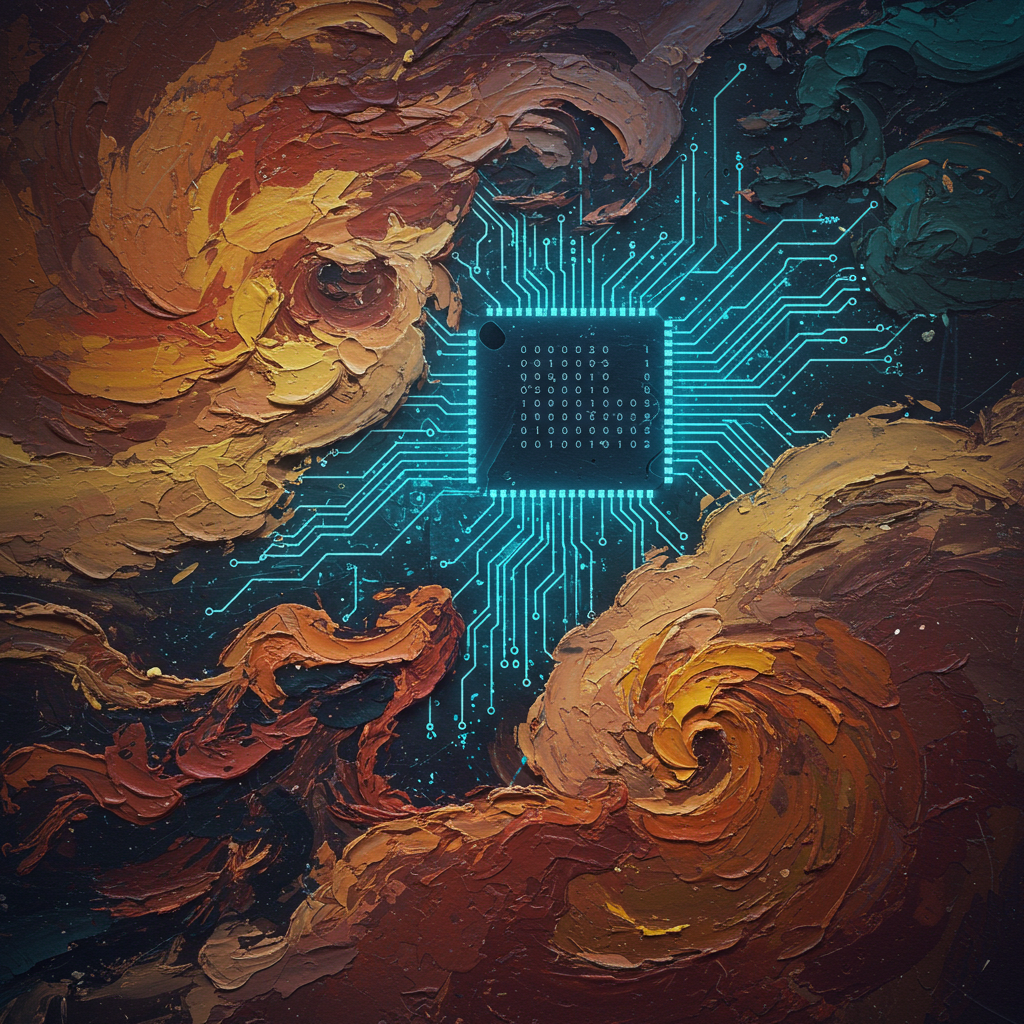The central legal question of the generative AI era has officially reached the courts: can AI companies use vast amounts of copyrighted material scraped from the internet to train their commercial models? A recent ruling from a federal court in California in a high-profile case brought by artists against AI companies has provided the first significant glimpse into how the legal system will approach this complex issue. While not a final verdict, the decision sets crucial ground rules for the legal battles ahead.
The Core of the Case: Artists vs. AI Image Generators
The lawsuit was filed by a group of artists, including Sarah Andersen, Kelly McKernan, and Karla Ortiz, against the creators of popular AI image generators, primarily Stability AI (creator of Stable Diffusion) and Midjourney. The core of their claim is that these companies copied billions of images from the web, including their own copyrighted works, without consent to build the datasets used to train their AI models, which now function as commercial products.
The Judge’s Key Decisions: A High Bar for Infringement
In a detailed ruling, U.S. District Judge William Orrick dismissed most of the artists’ claims, though he has allowed them to amend and refile their complaint with more evidence. His decision established several critical precedents for how these cases will be argued:
- A “Direct Link” Between Art and AI Model is Required: The judge ruled that for a copyright claim to proceed, an artist must be able to plausibly show that their specific work was actually used in the training dataset for a specific AI model. In this instance, the judge allowed Sarah Andersen’s direct copyright claim against Stability AI to move forward because she was able to provide evidence suggesting her work was part of the LAION dataset used to train Stable Diffusion. Claims against Midjourney and from the other artists were dismissed on this point, pending more specific evidence.
- AI Output is Not Automatically an Infringing Work: This is perhaps the most significant part of the ruling. The judge dismissed the claim that the images the AI generates are inherently infringing derivative works. He clarified that for an AI-generated image to be considered a copyright infringement, it must be “substantially similar” to an artist’s original, copyrighted work. Simply using an artist’s work in the training data does not automatically make every image created by the AI an infringement of that artist’s copyright.
- Third-Party Liability is Limited: The court also dismissed claims against DeviantArt, ruling that the platform, by merely providing its users with access to a third-party tool like Stable Diffusion, was not directly liable for copyright infringement.
What This Ruling Is Not
It is crucial to understand that this is a procedural ruling, not a final judgment on the legality of using copyrighted data for AI training. This decision does not give AI companies a free pass to use any and all copyrighted material. Instead, it defines the level of evidence and the specific legal arguments that will be required for these lawsuits to succeed. The artists have been given the opportunity to strengthen their complaints with more direct evidence.
The Road Ahead for AI and Copyright
This landmark ruling significantly clarifies the battlefield for future AI copyright disputes. The “substantial similarity” standard for output images sets a very high bar for artists to prove infringement, as most generative AI outputs are a complex amalgamation of their training data rather than a direct copy.
This legal pressure will likely force the industry in new directions. AI companies will face increasing motivation to develop licensed, ethically sourced datasets and to provide more robust tools for creators to opt-out of having their work used for training.
While this ruling is just the first major step in what will undoubtedly be a long and complex legal journey, it has established the foundational arguments that will shape the future of intellectual property in the age of generative AI.

